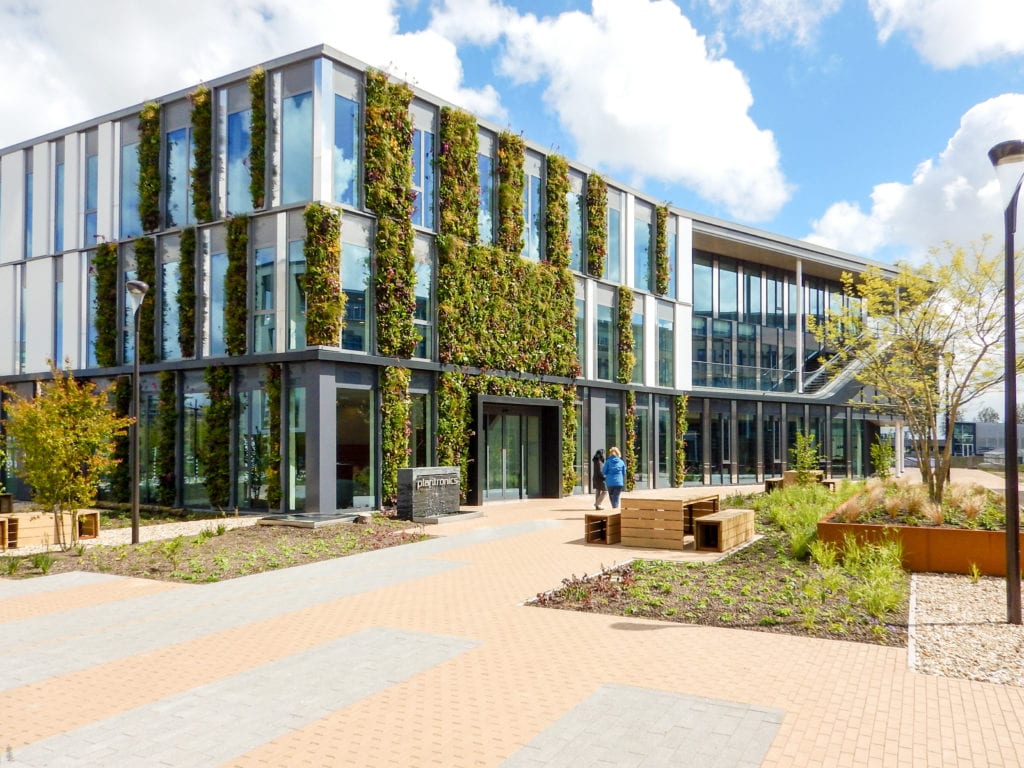William McDonough + Partners (WM+P) is happy to share Arup Group’s Guideline for Building Services Design inspired by the Cradle to Cradle® Concept including a foreword from WM+P founder William McDonough. The Cradle to Cradle Design™ framework is the inspiration for all of our design, planning and consulting projects and we applaud Arup for developing this guide to serve as a resource for all.

Read William McDonough’s foreword:
The book Cradle to Cradle: Remaking the Way We Make Things, which I wrote and co-authored with Michael Braungart in 2002, set out to define a new paradigm for looking at the world of things via the inspiration of nature; positing an optimistic way of thinking based on ideas of regeneration and cycles of material, energy, and biological flows, in which the world gets better through continuous improvement.
It was built upon precepts we espoused in The Hannover Principles a decade earlier:
– Eliminate the concept of waste,
– Rely on natural energy flows,
– Celebrate diversity
Cradle to Cradle presented a new framework for human production and illustrated its concepts with real world examples; inviting everyone to be Cradle to Cradle-inspired. Over the intervening seventeen years, we and many others have continued to explore and refine the concepts. Ideas of design for human wellness, biophilia, and economic circularity, integrally linked in our texts, have since been taken up and expanded throughout the world. MBDC created the Cradle to Cradle Certified™ Products Program, which we launched in California in 2010 as the independent third-party, peer-reviewed, not-for-profit Cradle to Cradle Products Innovation Institute. C2CPII has certified more than 3,000 individual products. Meanwhile, my architecture firm, William McDonough + Partners, has designed building and planning projects globally which were inspired by Cradle to Cradle Design™.
The authors of this manual have undertaken a daunting challenge applying Cradle to Cradle Design principles to the various and detailed disciplines of building systems. The depth and intensity of this work is to be admired. There are not always easy answers and, as the authors point out, sometimes success in one realm may lead to compromise in another. The challenge is to achieve the right balance which results in the greatest benefit for human and ecological health and inspires principled progress.
This guideline is an important and bold first step, and one that will hopefully lead to much discussion and debate. I applaud the effort to bring rigor to the endeavor, and look forward to continued, elegant refinement.
I like to say “The work of progress is, by definition, always a work in progress.”
My companies and I work with this statement of intent: “Our goal is a delightfully diverse, safe, healthy and just world – with clean air, water, soil and power – economically, equitably, ecologically and elegantly enjoyed.”
To learn more about how Cradle to Cradle® guides our building design, contact us.




